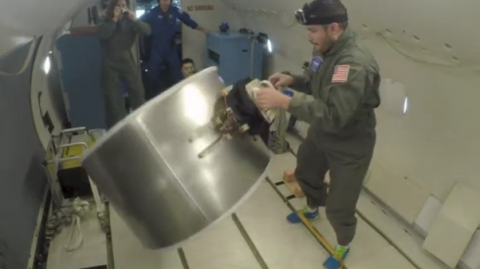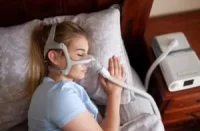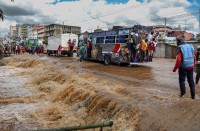
Reuters — Researchers at Stanford University are taking on space debris with an adhesive that mimics the way gecko lizards cling to surfaces without falling.
United States space agency National Aeronautics and Space Administration estimates that more than half a million pieces of space junk – from defunct satellites to marble-sized fragments like lens covers and copper wire – are orbiting Earth.
Millions more are too small to track.
And because they’re hurtling around at thousands of kilometers per hour, even small flecks of paint can be lethal when they collide – hitting the space shuttle, for example, smashing through a glass visor or tearing solar panels off satellites.
Capturing the debris, which will orbit for anything between a few years to a century or more before gradually falling to the atmosphere and burning up, is challenging in the weightless environment of space.
Suction doesn’t work in a vacuum and traditional adhesives can’t withstand the extreme temperature swings.
Working with NASA’s Jet Propulsion Laboratory (JPL), the Stanford researchers looked at the way geckos stick to walls to design a robotic gripper to grab and dispose of the debris.
Geckos’ feet have microscopic flaps that create a force between the feet and the surface, allowing them to stick to walls.
The gripper mimics the flaps, and, like a gecko’s foot, is only sticky if the flaps are pushed in a specific direction.
The gripper’s adhesive pads can be touched gently to a floating object, squeezed to lock them and then the object can be moved around.
The pads unlock with the same gentle movement, creating very little force against the object.
The group tested the gripper, and smaller versions, in their lab and in multiple zero gravity experimental spaces, including at JPL and the International Space Station (ISS).
Eventually, researchers hope the grippers can be used outside the ISS, to crawl around on the spacecraft, making repairs and checking for defects.
The research was featured in the June 27 issue of Science Robotics.







